The Science Behind Drone Battery Life and Efficiency
22 March 2025
Drones have rapidly become one of the most popular gadgets around the globe. Whether you're a hobbyist flying for fun or a professional capturing stunning aerial footage, one thing that everyone can agree on is how important drone battery life is. It’s that one factor that can make or break a fun flight or a smooth work session. But have you ever stopped to wonder what goes into making these batteries last longer? What makes them efficient, or how can you squeeze out every last minute of flight time?
Let’s dive into the fascinating science behind drone battery life and efficiency. Trust me, there’s more to it than just charging and flying!
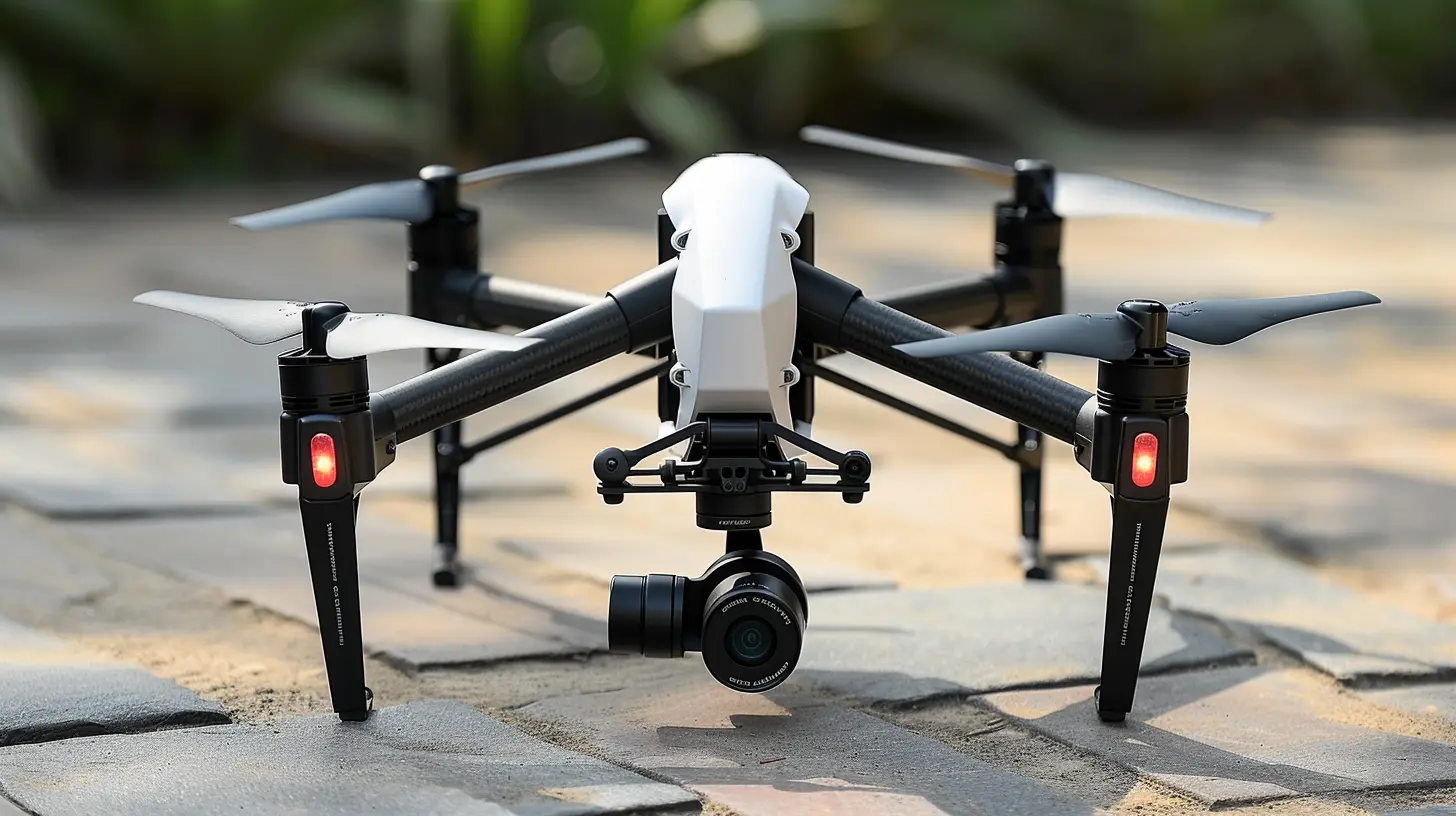
The Basics of Drone Batteries
Before we jump into the nitty-gritty, let’s start with the basics. Most drones, especially the ones you see commercially available, use Lithium-Polymer (LiPo) batteries. These batteries are lightweight, provide a lot of power, and can store a decent amount of energy in a small package — perfect for drones that need to stay light and agile.What Exactly Are LiPo Batteries?
LiPo batteries are rechargeable and contain cells that store energy. Unlike traditional Lithium-Ion (Li-Ion) batteries, LiPo batteries use a polymer electrolyte instead of a liquid one, which allows them to take on different shapes and sizes. This feature makes them ideal for drones of all shapes and sizes, from tiny racing drones to larger cinematic drones.LiPo batteries come with a few key advantages:
- High Energy Density: These batteries pack a punch in terms of how much energy they can store.
- Lightweight: They’re lighter than many other types of batteries, which is crucial for drones that require agility and long flight times.
- High Discharge Rates: This means they can release energy quickly, which is necessary for the rapid bursts of power needed for takeoffs, maneuvers, and hovering.
But with great power comes great responsibility. LiPo batteries can be sensitive and require proper care and usage to ensure they’re performing at their best, which directly impacts the battery life and efficiency.
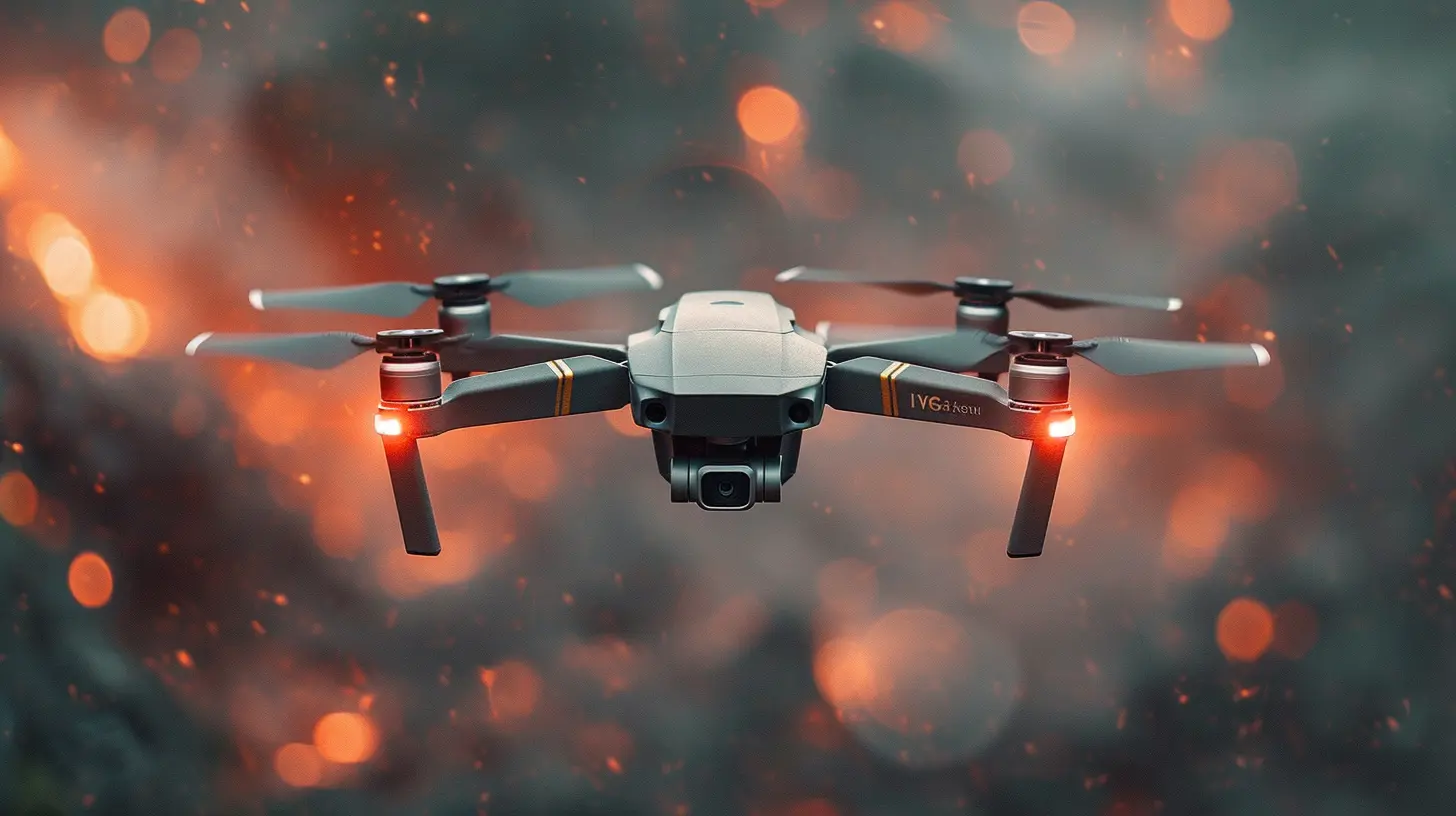
Factors Affecting Drone Battery Life
You might be surprised to learn that several factors impact how long your drone stays in the air. It's not just about buying a bigger battery. Everything from how you fly to external environmental factors plays a role.1. Battery Capacity
Let’s start with the most obvious one: the battery’s capacity, typically measured in mAh (milliampere-hours). The higher the capacity, the longer your drone can fly. Think of it like the size of your car's gas tank—the bigger the tank, the farther you can go before needing to refuel.However, bigger isn't always better. Larger batteries are often heavier, and that extra weight can reduce the efficiency of your drone, especially if it’s not designed to carry such loads.
2. Weight of the Drone
Weight is a huge contributor to your drone’s flight time. The heavier the drone, the harder the motors have to work to keep it in the air, and the more battery power they consume. That’s why drone manufacturers obsess over making their designs as lightweight as possible.When you add accessories like gimbals, cameras, or even propeller guards, you’re increasing the overall weight, which will drain the battery faster. It’s simple physics: more weight means more energy required to keep things airborne.
3. Flight Conditions
Ever notice how your drone’s battery seems to drain faster on a windy day? That’s because flight conditions, especially wind, can significantly affect battery life. When it’s windy, your drone has to work harder to maintain stability, and that eats up more power.Temperature also plays a role. LiPo batteries don’t perform well in extreme temperatures. Cold weather, in particular, can reduce the battery's ability to discharge energy efficiently, leading to shorter flight times. On the flip side, if it gets too hot, the battery can overheat, which also shortens its life span.
4. Flying Style
How you fly your drone can have a massive impact on its battery life. If you're constantly accelerating, decelerating, and performing fast maneuvers, your drone's motors are working overtime. Basically, the more aggressive your flying style, the faster you'll drain your battery.Think about it this way: driving a car at a constant speed on a highway is more fuel-efficient than stop-and-go city driving. The same principle applies to drones. Smooth, steady flying will conserve battery life, while rapid changes in speed and direction will drain it much faster.
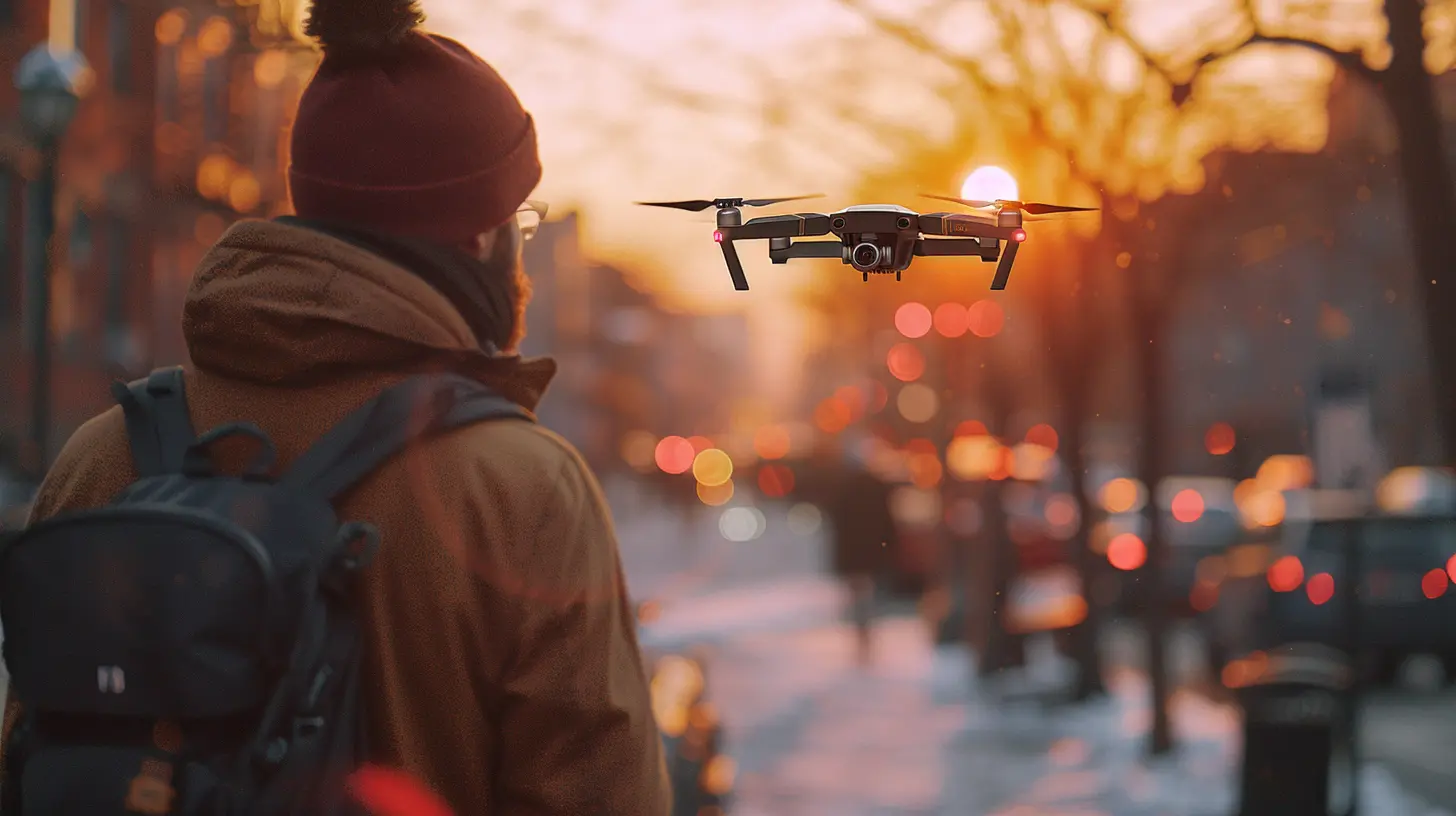
The Chemistry Behind Battery Efficiency
Okay, let's get a little scientific for a moment. The efficiency of a drone's battery depends on several factors, but it all boils down to chemistry. Inside each LiPo battery, there’s a chemical reaction that stores and releases energy.When you're charging the battery, lithium ions move from the positive electrode (cathode) to the negative electrode (anode) through an electrolyte. When you're flying your drone, the process reverses, and the ions move back to the cathode, releasing energy that powers your drone.
Now, here’s where things get tricky: this chemical reaction isn’t 100% efficient. Some energy gets lost as heat, especially during high-power activities like rapid acceleration or hovering in place. The more heat generated, the less efficient the battery becomes, which is why managing heat is crucial for long-term battery health and efficiency.
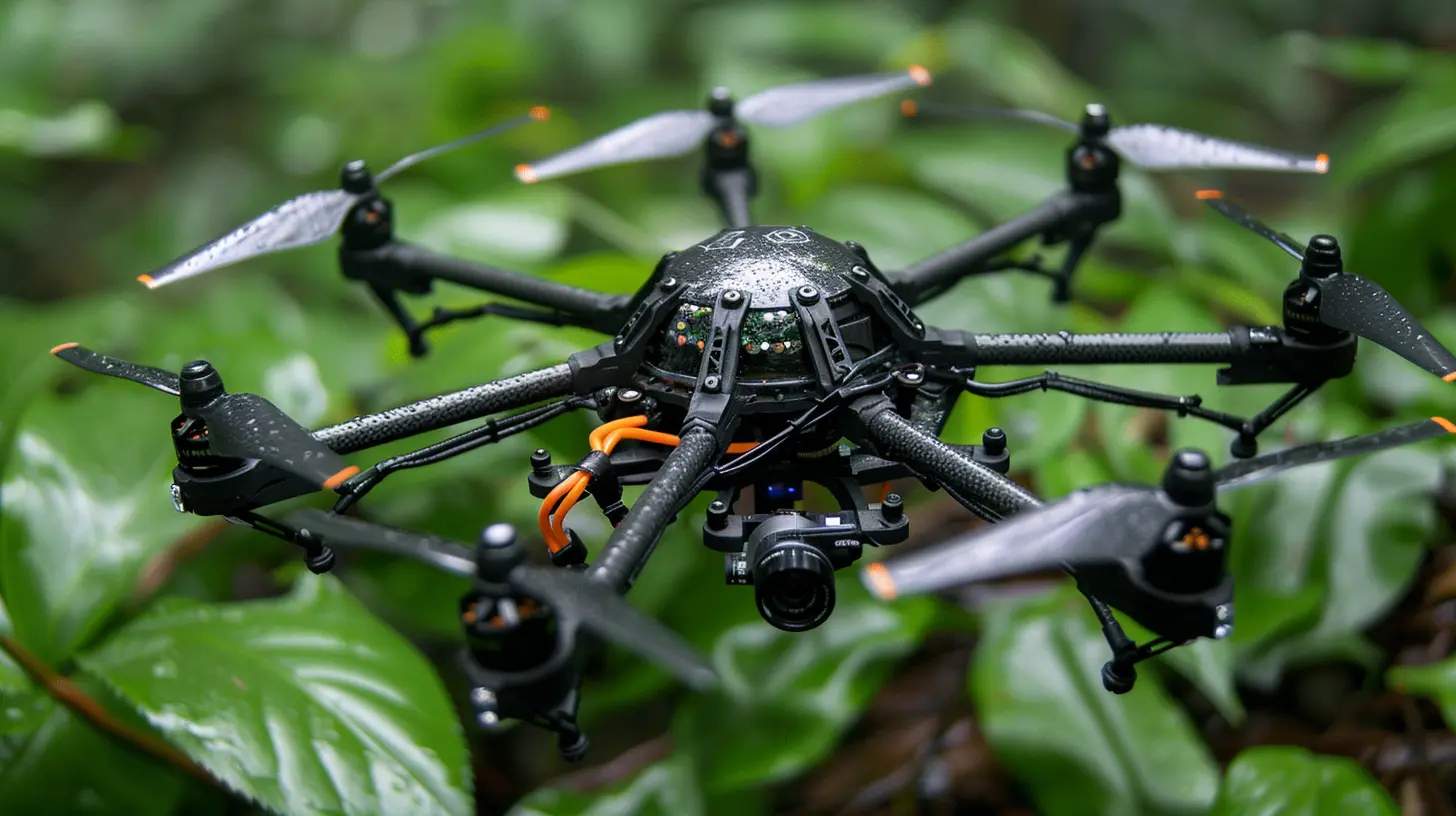
Optimization Tips for Better Drone Battery Life
Now that you know what affects your drone's battery life, let's talk about how you can optimize it. Whether you’re a casual flyer or a pro, these tips will help you get the most out of your drone’s battery.1. Pre-flight Battery Check
Before you even think about taking off, make sure your battery is fully charged and in good condition. Most drones will give you an indication of battery health through their app or on the drone itself. If the battery has been sitting unused for a long time, give it a full charge before flying.2. Fly in Optimal Conditions
Like we mentioned earlier, weather plays a big role in battery life. Try to fly on calm days with mild temperatures. If it's too windy or too cold, you’ll be fighting against the elements, and your battery will drain faster.3. Keep Your Drone Light
Fly as light as possible. If you don’t need that extra accessory, leave it behind. Removing unnecessary attachments like prop guards, landing gear, or even a camera can shave off precious grams and extend your flight time.4. Use Smooth, Controlled Movements
Avoid rapid acceleration and sharp turns unless absolutely necessary. Smooth and steady flying not only looks better but also conserves battery life. Think of it like driving at a consistent speed on the highway instead of constantly hitting the brakes and gas in city traffic.5. Keep Batteries at the Right Temperature
LiPo batteries are sensitive to temperature. If you're flying in cold weather, keep your batteries warm before takeoff. You can even use a battery warmer or simply keep them in your pocket until you're ready to fly. If you’re flying in hot conditions, give your battery time to cool down between flights.6. Charge and Store Batteries Properly
Improper charging is one of the quickest ways to degrade your battery. Always use the charger that came with your drone, and never overcharge the battery. Most modern chargers will stop charging once the battery is full, but it’s still a good habit to unplug as soon as it indicates a full charge.When you're not flying, store your batteries at around 50% charge. Keeping them fully charged or fully drained for long periods can reduce their lifespan.
The Future of Drone Battery Technology
While LiPo batteries are the current standard, the future might look a little different. Researchers are constantly working on new battery technologies that could revolutionize the way drones operate.Lithium-Sulfur Batteries
One promising technology is Lithium-Sulfur (Li-S) batteries. These batteries have the potential to offer five times the energy density of current LiPo batteries, which means significantly longer flight times. However, they’re still in the research phase and aren’t commercially available yet.Hydrogen Fuel Cells
Another exciting development is hydrogen fuel cells. These cells generate electricity by combining hydrogen and oxygen, with water vapor as the only byproduct. They offer the possibility of much longer flight times than traditional batteries and are already being tested in larger drones used for industrial applications.Solid-State Batteries
Lastly, we’ve got solid-state batteries. These use a solid electrolyte instead of a liquid one, making them safer and more efficient. They're also lighter and could potentially offer longer flight times, though they're still a few years away from hitting the mainstream drone market.
Wrapping Up: Battery Life, Efficiency, and the Future
Understanding the science behind drone battery life and efficiency is key to getting the most out of your flying experience. From the chemistry inside the battery to how you fly and maintain it, there are a lot of factors at play. But here’s the good news: by following a few best practices, you can extend your drone's battery life and make your flights last longer.The future is bright for drone batteries, with new technologies on the horizon that promise even longer flight times and better efficiency. For now, though, mastering the care and management of your good ol’ LiPo battery will keep you soaring through the skies!
all images in this post were generated using AI tools
Category:
DronesAuthor:

Adeline Taylor
Discussion
rate this article
7 comments
Ronan Whitley
Efficiency fuels innovation's flight.
April 11, 2025 at 12:36 PM

Adeline Taylor
Thank you for your insightful comment! Indeed, efficiency is a key driver in advancing drone technology, enhancing battery life, and ultimately fostering innovation in the field.
Porter Howard
This article beautifully demystifies drone battery technology. Your insights on efficiency and innovation truly deepen our appreciation for the advancements in this field!
April 6, 2025 at 3:33 AM

Adeline Taylor
Thank you for your kind words! I'm glad you found the insights helpful in understanding drone battery technology.
Matilda Middleton
In skies where dreams take flight, Batteries pulse with silent might, Science weaves through air, sublime, Fueling journeys, defying time, Efficiency dances, a graceful art, In every drone, beats a heart.
April 5, 2025 at 6:49 PM

Adeline Taylor
Thank you for your poetic reflection! It beautifully captures the essence of drone technology and the vital role of battery efficiency in enabling remarkable journeys.
Lanae Pruitt
Thank you for shedding light on such an important topic! Understanding drone battery life and efficiency not only enhances our tech knowledge but also helps us appreciate the challenges faced by developers. Your insights can inspire more innovations in making drones more sustainable and user-friendly. Keep up the great work!
April 4, 2025 at 2:46 AM

Adeline Taylor
Thank you for your thoughtful comment! I'm glad you found the insights valuable and hope they inspire further innovations in drone technology.
Lexi Benson
This article highlights the critical relationship between battery technology and drone performance. As innovations in energy density and management systems continue to evolve, understanding these scientific principles will be key to maximizing efficiency and extending flight durations in future drone applications.
April 1, 2025 at 8:37 PM

Adeline Taylor
Thank you! I'm glad you found the article informative. Understanding battery advancements is indeed crucial for enhancing drone performance.
Beatrix Roberson
Understanding drone battery life is crucial for optimizing flight performance. Enhancements in energy density, charge cycles, and aerodynamics are key factors that will shape the future of drone efficiency and usability.
March 27, 2025 at 5:43 AM

Adeline Taylor
Absolutely! Battery life is indeed fundamental to maximizing drone performance, and advancements in energy density and aerodynamics will significantly enhance efficiency. Thank you for your insights!
Dylan McGinn
Great insights into drone battery technology! Understanding the science behind battery life and efficiency is crucial for advancing the industry. As we continue to innovate, these advancements will undoubtedly enhance the performance and sustainability of drones. Excited to see what the future holds!
March 26, 2025 at 9:11 PM

Adeline Taylor
Thank you! I’m glad you found the insights valuable. The future of drone technology is indeed promising, and advancements in battery science will play a key role in its evolution!
MORE POSTS
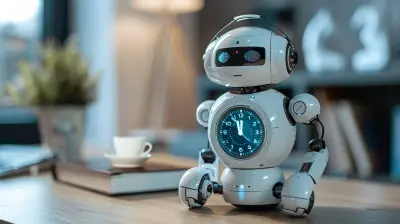
Using Digital Assistants to Automate Your Morning Routine
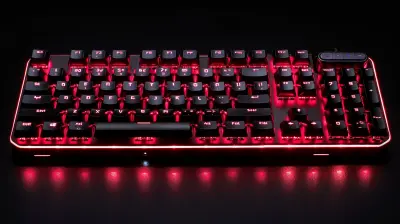
Maximizing Productivity with Wireless Keyboards: A Comprehensive Guide
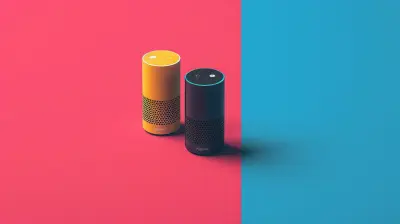
Voice vs. Text: Interacting with Your Digital Assistant More Efficiently
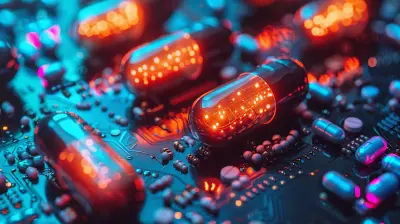
The Impact of Quantum Computing on Drug Discovery
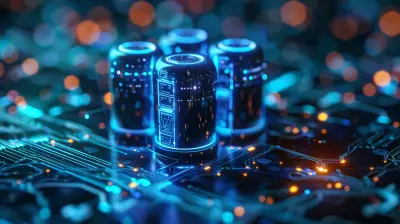
The Role of Graphene in Next-Gen Battery Innovation
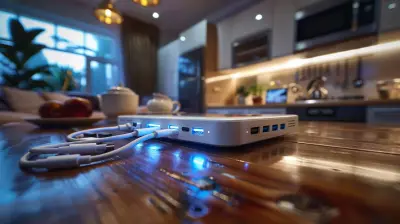
Why USB Hubs are Essential for Expanding Your Device’s Connectivity